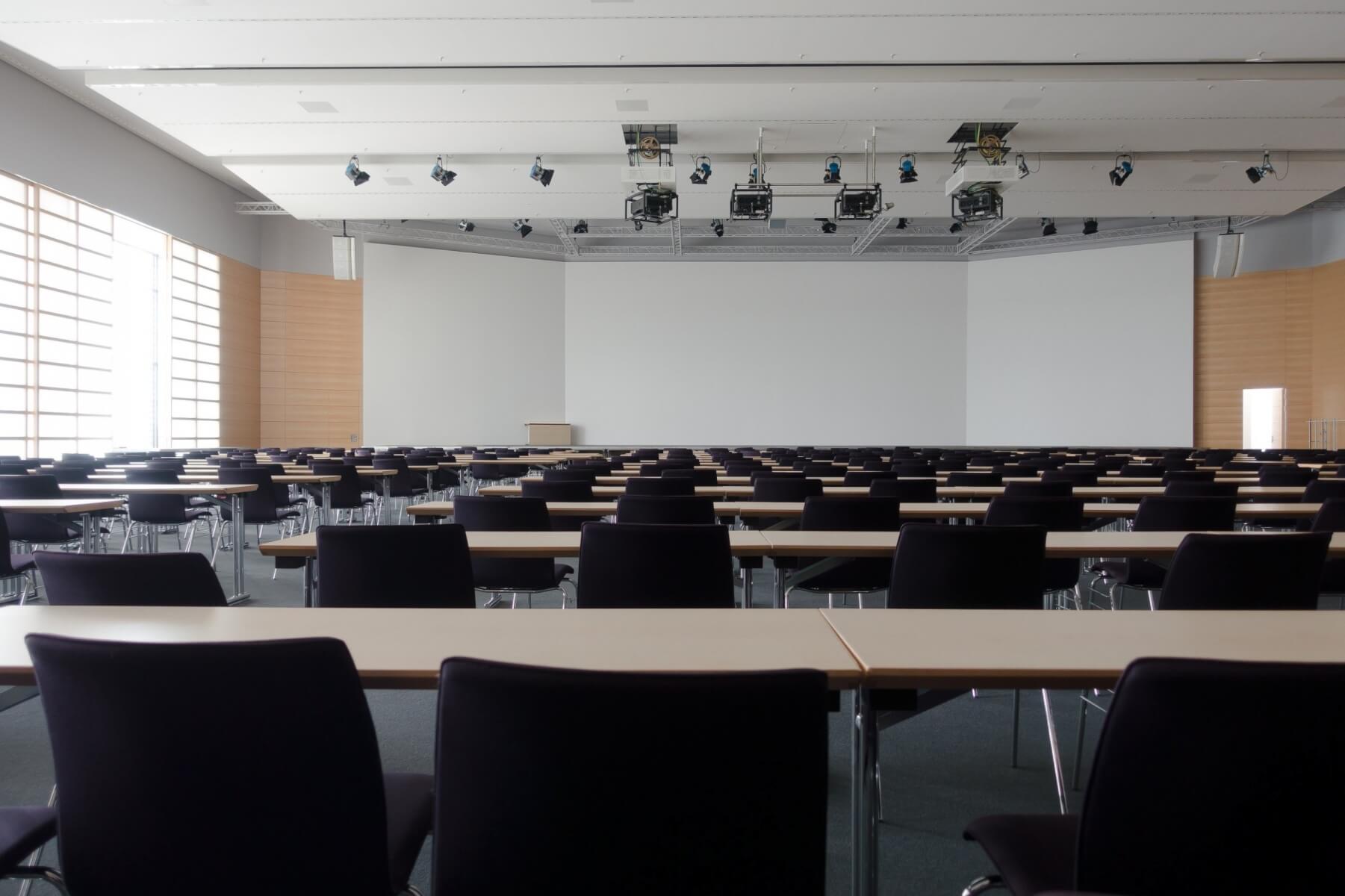Purpose
As higher education institutions across the province navigate the new education landscape following the initial wake of COVID-19, the safest measure is to continue accommodating student classes through online delivery where possible.
Maintaining safe college operations and reopening a campus is subject to many considerations, chiefly the health and safety of those who pass through its doors. There are industry-specific regulations that a college must adhere to, and this guideline document is offered to complement, not replace, industry regulations and health measures.
The safety and well-being of our students and communities remain our top priority. We are committed to the principles of equity and fairness and will remain true to our pledge to uphold the highest standards of pedagogy and academic integrity.
Being sufficiently flexible to provide equitable access for students
Not everyone will be able to make it to campus in the fall. Course delivery is being planned with enough flexibility to provide access for all students, considering different geographic locations and time zones, as well as considerations for health, family status and accommodations for students with disabilities.
The industry needs a blended model.
- We need synchronous and non-synchronous models
- In some cases, we will need a hands-on component
- In-college elements may require staff and students to adhere to alternative shift schedules and additional time
- Consideration for students and staff who are symptomatic/compromised
We are constrained by space, safety and social distancing. We are committed to providing hands-on, in-person training where appropriate to fulfill the competencies of our programs within the confines of health care authorities.
Student accommodation post COVID-19 demands we offer flexibility in some programs.
Some students, by virtue of their location, whether they live with dependents at home who are at higher risk or are themselves at risk, may need to study online longer.
Symptomatic individuals cannot be permitted on the premises.
Students agree to a contract committing they will not attend when exhibiting symptoms.
(Source: Sherrard Kuzz LLP, Employment & Labour Lawyers)
How to prepare
The trajectory for COVID-19 is unknown. In addition to planning for today’s pandemic reality, there is a very real possibility of resurgence. Fill the gaps now to avoid facing them again in the future:
Take stock of what has (and has not) worked for your business during the most recent closure and slow-downs. Are there policies or resources that would have made the transition, and weathering the pandemic, less difficult? Is there training and/or tools managers, supervisors and human resources professionals need to more effectively and knowledgeably lead the organization?
At the very least, consider policies (stand-alone or consolidated), practices, and training, for the following key items:
- Hygiene and Sanitation
- Screening
- Physical Distancing (changes to the workplace and to working conditions)
- Travel and Contact Logs
- PPE
- Infectious Diseases (generally and regarding COVID-19)
- Remote Work
- Recall
- Work Refusal
- Requests for Accommodation
(See “COVID-19 return to work considerations” in Additional Resources)
Basic principles to prevent and contain the spread of COVID-19 on campus
Following basic principles can help keep students, teachers, and staff safe at school and help stop the spread of this disease. Recommendations for healthy schools are:
- Sick students, teachers and other staff should not come to school.
- Enforce regular hand washing with water and soap or hand sanitizer and, at a minimum, daily disinfection and cleaning of campus surfaces.
- Promote physical distancing, encouraging all instructors, administrators, students and guests to remain at least 6-feet apart whenever possible.
Know the latest facts
Understand basic information COVID-19, including its symptoms, complications, how it is transmitted and how to prevent transmission. Stay informed about COVID-19 through the Government of Canada health agencies. Ontario provincial and municipal public health resources are also a good source of information. Be aware of misinformation that may circulate by word-of-mouth or online.
Ensure a safe campus
(See the ‘Checklist” below.)
Update or develop school emergency operations and contingency plans.
Reinforce frequent handwashing, sanitation, and procure needed supplies. Prepare and maintain handwashing stations with soap and water, and if possible, place hand sanitizers in each classroom, at entrances and exits, and near lunchrooms and toilets.
Clean and disinfect campus facilities, classrooms and washroom areas at least once a day, particularly surfaces that are touched by many people (railings, lunch tables, recreational equipment, door and window handles, teaching and learning aids, etc.).
Implement physical distancing practices that include:
- Staggering the beginning and end of the school day.
- Cancelling assemblies, recreational activities and other events that create crowded conditions.
- When possible, create space for students’ desks to be at least two meters (six feet) apart.
- Placing signage to control the flow of traffic within the campus.
Establish procedures if students or staff become unwell
Symptomatic individuals cannot be permitted on the premises. Plan ahead with local health authorities, campus health staff and update emergency contact lists. Ensure a process for consulting with health care providers and health authorities wherever possible. Students and staff may need to be referred directly to a health facility depending on the situation or sent home. Share procedures with staff and students ahead of time.
Promote information sharing
Coordinate and follow guidelines from the Public Health Agency of Canada. Share known information with staff and students, providing updated information on the disease situation, including prevention and control efforts on campus. Utilize staff and student committees and other mechanisms to promote information sharing. Also be sure to address student questions and concerns, including through the development of informational materials such as posters which can be placed on notice boards, in restrooms, and other central locations.
Engage students to become advocates for disease prevention and control on campus
Make sure to listen to students’ concerns and answer their questions.
Emphasize what students can do to keep themselves and others safe.
Introduce the concept of physical distancing to students.
Focus on good health behaviors, such as washing hands. Encourage students to prevent and address stigma aimed at those struggling with the pandemic, including towards those who contract COVID-19 or who seek mental health supports.
Adapt college policies where appropriate
Develop clear policies for when and how students are expected to complete their programs online and when a student must complete a program in-person. This policy should assess campus programs and identify in-person training only for components that cannot be completed through online delivery. Ensure that students are well informed of the program expectations as they relate to online and in-person delivery, including the need to attend in-person classes when alternative methods are not possible.
Address mental health support needs
Identify and direct staff and students to local mental health resources. Make this information visible and easily accessible at your institution, taking care not to stigmatize mental health. Consider posting relevant material and/or links to the college’s website for individuals to access anonymously.
Landlord Agreements
Contact your landlord to ensure an understanding of their policies and procedures that they have implemented in response to COVID-19. Communicate with your landlord and present them with your campus’ plan to reopen.
| ✔️ | 1) Promote and demonstrate regular hand washing and positive hygiene behaviors. Ensure adequate, clean washrooms and handwashing stations.
|
| ✔️ | 2) Clean and disinfect campus facilities, classrooms and washroom and drinking fountain areas at least once a day, particularly surfaces that are touched by many people (railings, photocopiers, lunch tables, recreational equipment, door and window handles, teaching and learning aids etc.). |
| ✔️ | 3) Increase airflow and ventilation where climate allows (open windows, use air conditioning where available, etc.). |
| ✔️ | 4) Post signs encouraging good hand and respiratory hygiene practices, as well as direct the flow of traffic within your campus. |
| ✔️ | 5) Ensure trash is removed daily and disposed of safely. |
| ✔️ | 6) Communicate with landlords regarding policies and procedures. |
Promotional Material
Trusted Websites
Factsheets
- Mask use for non-healthcare workers – Public Health Ontario
- Physical distancing – Public Health Ontario
- How to wear a mask – Public Health Ontario
- How to wash your hands – Public Health Ontario
- Cleaning and disinfecting for public settings – Public Health Ontario
- COVID-19 Guidance for Employers, Workplaces and Businesses – Toronto Public Health
Work Policy Considerations
Mental Health Resources
Career Colleges Ontario (CCO), its staff, officers and directors make no representation or warranty, express or implied, as to the accuracy, completeness or correctness of this information.
Please be advised that all of the information in this document is provided for informational purposes only. It is not a substitute for professional medical advice, diagnosis or treatment. If you have or suspect you have a health problem, consult a relevant healthcare professional or family physician.
Career Colleges Ontario assumes no responsibility or liability for any damages, claims, liabilities, costs or obligations arising from the use of this document or any other material referenced in this document. We are not holding ourselves out to be or representing ourselves as persons who may provide healthcare advice.
If you have or suspect you are experiencing a health emergency, please visit a hospital Emergency Department in your area. Reliance on any information provided by Career Colleges Ontario appearing on or provided in relation to this document is solely at your own risk.




